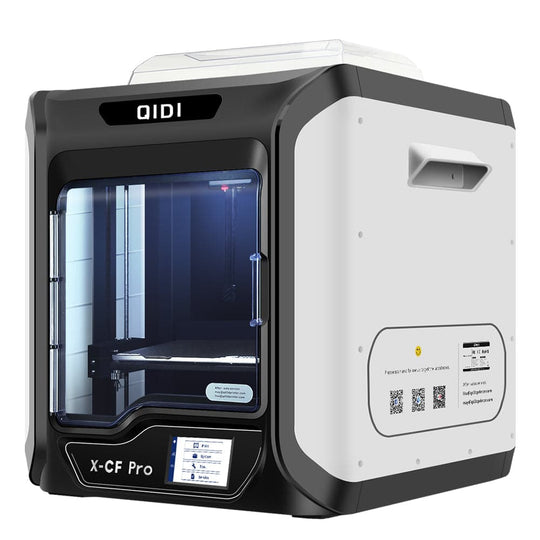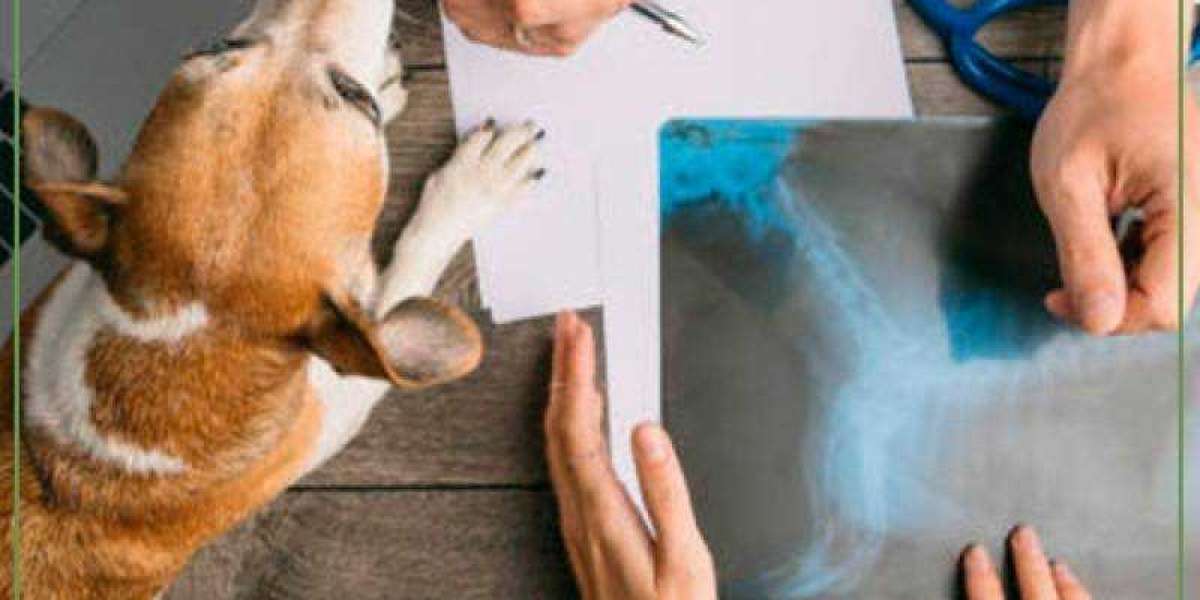Fused deposition modeling (FDM) is a popular 3D printing technology that has captured the imagination of hobbyists around the globe. This method involves the extrusion of thermoplastic filament through a heated nozzle, allowing for the creation of intricate designs and prototypes. In this article, we will delve into the essentials of FDM 3D printing, providing insights that will help you embark on your creative journey.

Understanding Fused Deposition Modeling
The fused deposition modeling 3D printer for hobbyists operates by melting plastic filament and depositing it layer by layer to build a three-dimensional object. This process is not only accessible but also cost-effective, making it an ideal choice for those new to 3D printing. But what makes FDM so appealing?
- Affordability: FDM printers are generally less expensive than other 3D printing technologies.
- Material Variety: A wide range of thermoplastics, including PLA, ABS, and PETG, can be used.
- User-Friendly: Many FDM printers come with intuitive software, making them easy to operate.
Key Components of an FDM 3D Printer
To fully appreciate the fused deposition modeling 3D printer for hobbyists, it's essential to understand its key components:
- Nozzle: The part that melts and extrudes the filament.
- Build Plate: The surface where the object is printed.
- Filament: The material used for printing, available in various colors and types.
- Control Board: The brain of the printer, managing all operations.
Getting Started with FDM 3D Printing
As a hobbyist, you might wonder how to get started with a fused deposition modeling 3D printer. Here are some steps to guide you:
- Research different models to find one that suits your needs.
- Purchase quality filament to ensure successful prints.
- Familiarize yourself with slicing software, which converts 3D models into instructions for your printer.
"FDM printing opens up a world of creativity, allowing hobbyists to bring their ideas to life." - 3D Printing Expert
Popular FDM Printers for Hobbyists
Several FDM printers are highly recommended for hobbyists. For instance, the Creality Ender 3 is known for its affordability and reliability, making it a favorite among beginners. Additionally, the Prusa i3 MK3S offers advanced features for those looking to expand their skills.

Conclusion
In conclusion, the fused deposition modeling 3D printer for hobbyists presents an exciting opportunity for creativity and innovation. By understanding the basics of FDM technology, its components, and how to get started, you can unlock a new realm of possibilities. Whether you are designing custom parts, creating art, or prototyping, FDM printing is a rewarding hobby that can lead to endless exploration.
For more insights, check out this informative video on FDM printing techniques.







